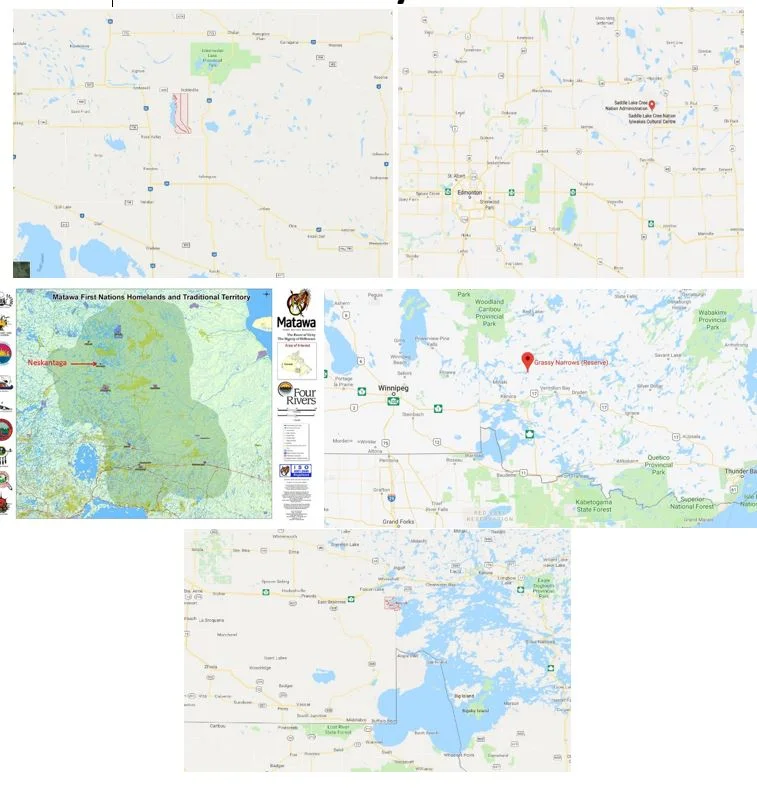“Yellow Quill is a community some two and a half hours northeast of Saskatoon and I fear for the health of its community members because the tap water is so bad.” – Carla Plotnikoff, Environmental Health Officer for Saskatoon Tribal Council
Yellow Quill First Nation was under a boil water advisory for nine years. Yellow Quill’s water was thought to be untreatable. However, a scientist named Dr. Hans Peterson conducted a 22-month pilot and research project in Yellow Quill, which led to the development of the Integrated Biological and Reverse Osmosis Membrane (IBROM) treatment process.
Grades 10-12 Lesson 3: The Tale of Grassy Narrows
“It’s been a devastation of a whole way of life, a whole… culture that we need to rebuild.” – Judy Da Silva, Environmental Health Coordinator for Grassy Narrows
Grassy Narrows is a remote Northwestern Ontario reserve with approximately 1000 residents. Its water supply has been contaminated by mercury for over 50 years. Due to inadequate treatment of surface water and uranium-contaminated well water, there are currently four boil water advisories at Grassy Narrows. The contamination has already had a long-term public health impact on-reserve.
Grades 6-9 Lesson 2: What Is Water?
“I think water is probably an issue where we (Aboriginal community and scientific community) can find common ground for discussion…it is something we all can stand behind.” – Dr. Alexander Zehnder, Scientific Director – Water Resources – Alberta Innovates
Water is a molecule composed of two hydrogen atoms and one oxygen atom. Water can be in three states: solid, liquid and gas. Many contaminants are often found in water
Grades 6-9 Lesson 3: Five Community Water Tales
“Tainted water and broken systems on Ontario’s First Nations reserves are jeopardizing health, burdening parents and caregivers, and exacerbating problems on reserves. First Nations people have the same human rights to adequate water and sanitation as all Canadians, but in practice cannot access them.” – Amanda Klasing, Senior Researcher, Women’s Rights Division, Human Rights Watch




